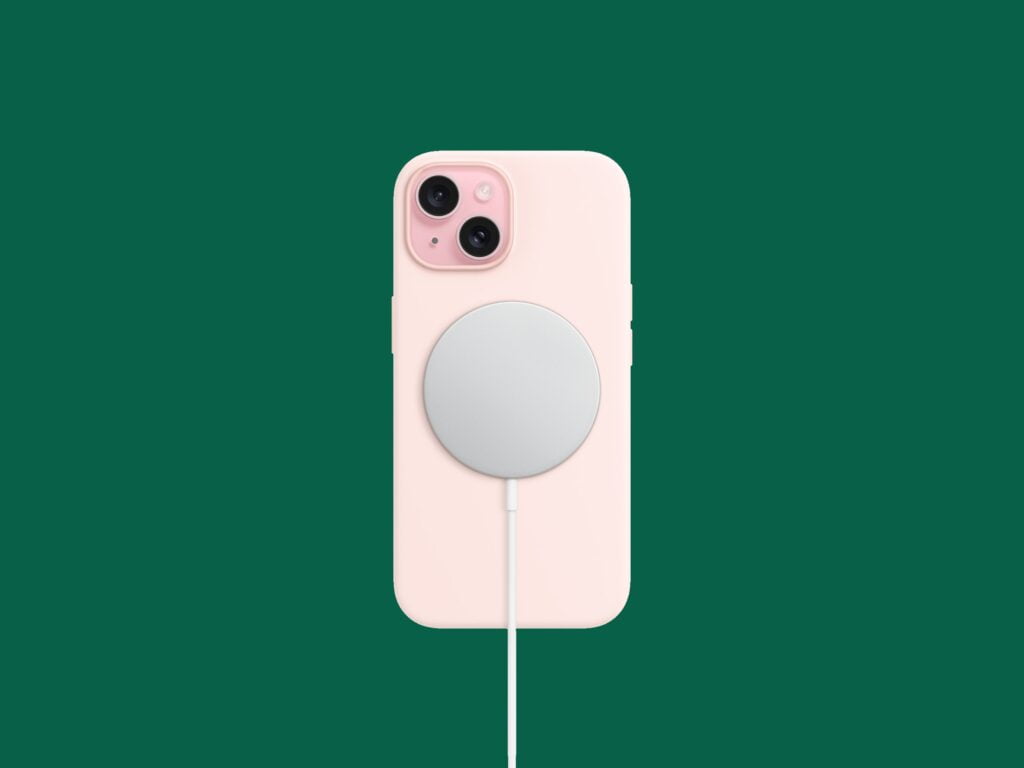Qi2, What Is It? In 2024, the Wireless Charging Standard Takes a Magnetic Turn

It’s ironic, but we here at The Fox Daily tech have long been fans of wireless charging. Not having to fumble with cables is nice! Most wireless charging devices these days follow the Qi (pronounced chee) standard, which has taken its time reaching ubiquity (the user experience has not always been great). The Wireless Power Consortium, which manages the charging protocol, announced the next-generation version called Qi2 in early 2023, and we’re finally starting to see devices supporting it. It promises perfect alignment, with the potential for accessories to bridge the Android and iPhone divide.
Contents
Qi2, which takes a cue from Apple’s MagSafe, allows for quicker and more effective magnetic wireless charging.
Qi2 allows for faster and more effective magnetic wireless charging, taking a cue from Apple’s MagSafe technology.
Qi2 gives magnetic wireless charging the speed and efficiency it deserves, taking a cue from Apple’s MagSafe technology.
Qi2, which takes inspiration from Apple’s MagSafe, allows for quicker and more effective magnetic wireless charging.
Qi2, which takes a cue from Apple’s MagSafe, allows for quicker and more effective magnetic wireless charging.
Qi2 allows for faster and more effective magnetic wireless charging, taking a cue from Apple’s MagSafe technology.
Increased efficiency: Electromagnetic coils are necessary for wireless charging. The charging base has one or more induction coils that convey energy and produce a magnetic field. It’s harvested by a tiny coil in your phone or other gadget. Energy must flow between the coils in order for it to do so, and the magnets in the new Magnetic Power Profile guarantee precise alignment, reducing power loss. Coil misalignment frequently results in energy loss as heat, which is detrimental to the longevity of batteries.
Enhanced efficiency: The use of electromagnetic coils is necessary for wireless charging. A magnetic field is produced and energy is transmitted by one or more induction coils located in the charging base. Your phone or other gadget gathers it with a tiny coil. Energy must be in alignment for the coils to transfer, and the magnets in the new Magnetic Power Profile guarantee precise alignment to reduce power loss. Coils that are not oriented properly frequently lose energy as heat, which is bad for the longevity of batteries.
Greater accessory compatibility: You may purchase a single Qi2 charger that is able to juice up an iPhone or Android phone because each Qi2 charger can charge any Qi2 device. You should be possible to get a Qi2-compatible case with a magnetic ring soon for phones that support Qi but don’t have magnets (just like you can with MagSafe right now).
Greater accessory compatibility: An iPhone or Android phone can be charged with a single Qi2 charger because every Qi2 charger can charge any Qi2 device. You will probably soon be possible to purchase a Qi2-compatible cover with a magnetic ring for phones that support Qi but don’t have magnets (as you can today with MagSafe).
A Wave of Qi2 Devices Is Ahead
The Wireless Power Consortium must validate a gadget in its independent labs before it may be given the Qi2 logo. Device compatibility, magnet strength, and charging rate are all included in the Qi2 specification. The product is guaranteed to fulfill the high standards of the WPC by the Qi2 logo. Similar to the first Qi standard, it’s conceivable that in the near future, there will be gadgets on the market that weren’t certified by the official Qi2 body.
Qi2 is supported by Apple’s iPhone 15 series, and Qi2 chargers have been announced by Anker, Belkin, Nomad, and Mophie, among other accessory manufacturers. Soon, a far greater variety of Qi2 accessories should be available, and by 2024, most Android OEMs should be on board as well. The WPC is hopeful that Qi2 will bring wireless charging together and offer the long-awaited worldwide standard.
When may Qi2 chargers be purchased?
If you’re wondering when Qi2 chargers will be available for purchase, the manufacturers and the WPC have both given the ambiguous response “soon.” According to Paul Golden, marketing director of the WPC, companies including Anker, Belkin, and Mophie have all launched products, and “initial devices have come through certification testing.” I anticipate that at the consumer technology trade event CES in early January 2024, we’ll get more information about these goods and others. As soon as they become available, we will test as many as we can to inform you which are worthy of your money.
Is there a Qi3 on the horizon?
Perhaps you’re wondering if it makes sense to invest in Qi2, or if it would be better to wait and see what happens next. As a professional, I think you should purchase what you require right now. The WPC frequently refers to “something early in development” as Qi3, which Golden describes as the “next step” but won’t be accessible until at least 2025. It could not be a true next-generation standard even when it is released. “We’re facing certain technical obstacles in our work, and how we overcome them will determine whether this is truly Qi3 or Qi2.1.2 or something else entirely.”






